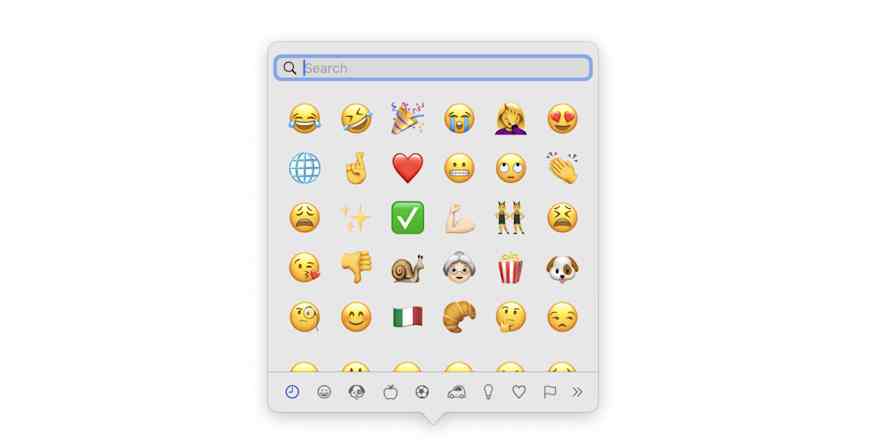App tips
5 min readHow I use Keyboard Maestro and a numpad to supercharge my keyboard shortcuts
Automate intensive workflows with a few keystrokes, and turn your most common actions into one-key shortcuts.
By Craig Lloyd · November 9, 2021

Get productivity tips delivered straight to your inbox
We’ll email you 1-3 times per week—and never share your information.
Related articles
Improve your productivity automatically. Use Zapier to get your apps working together.








